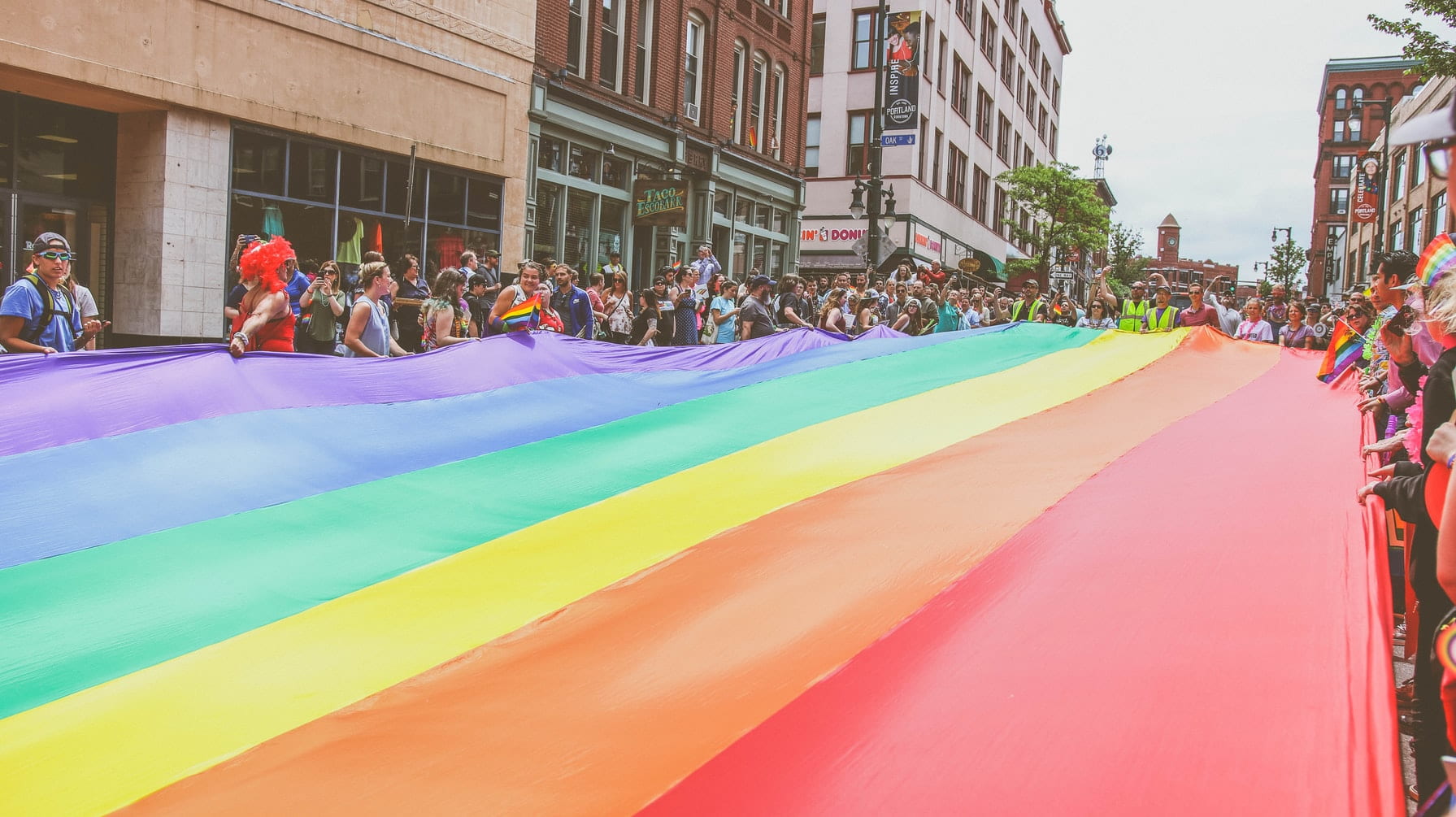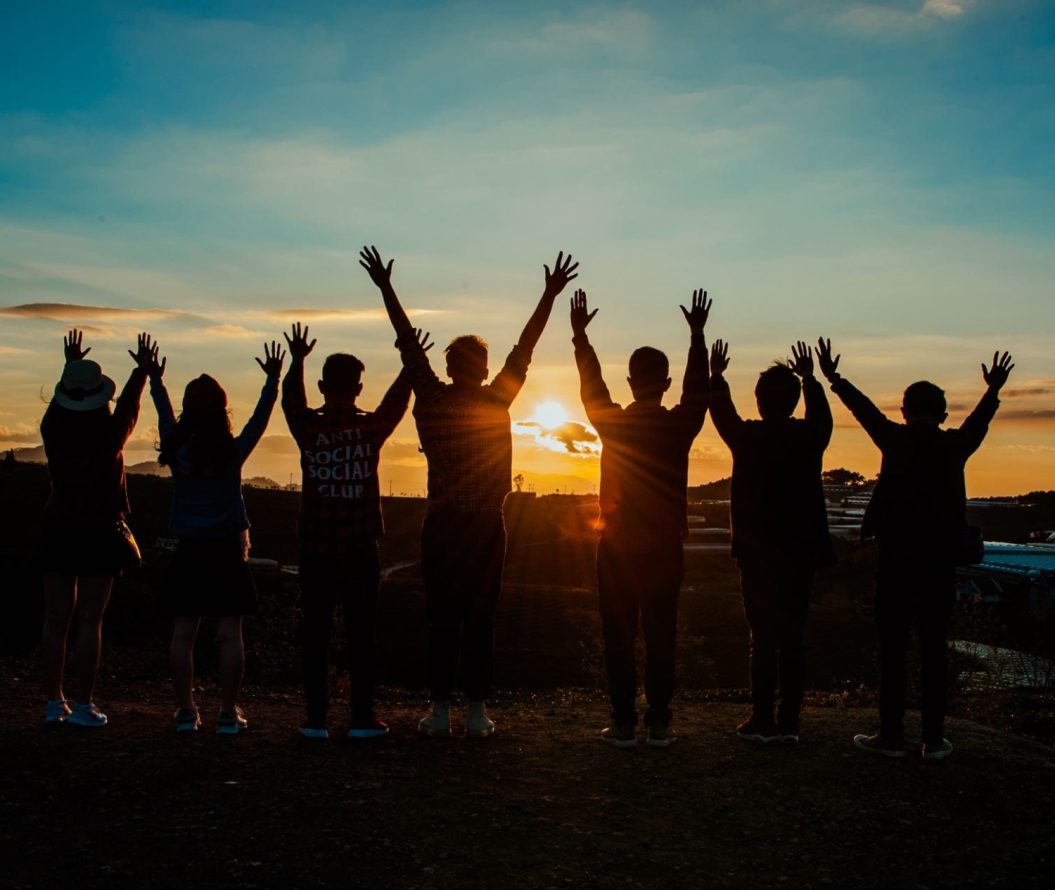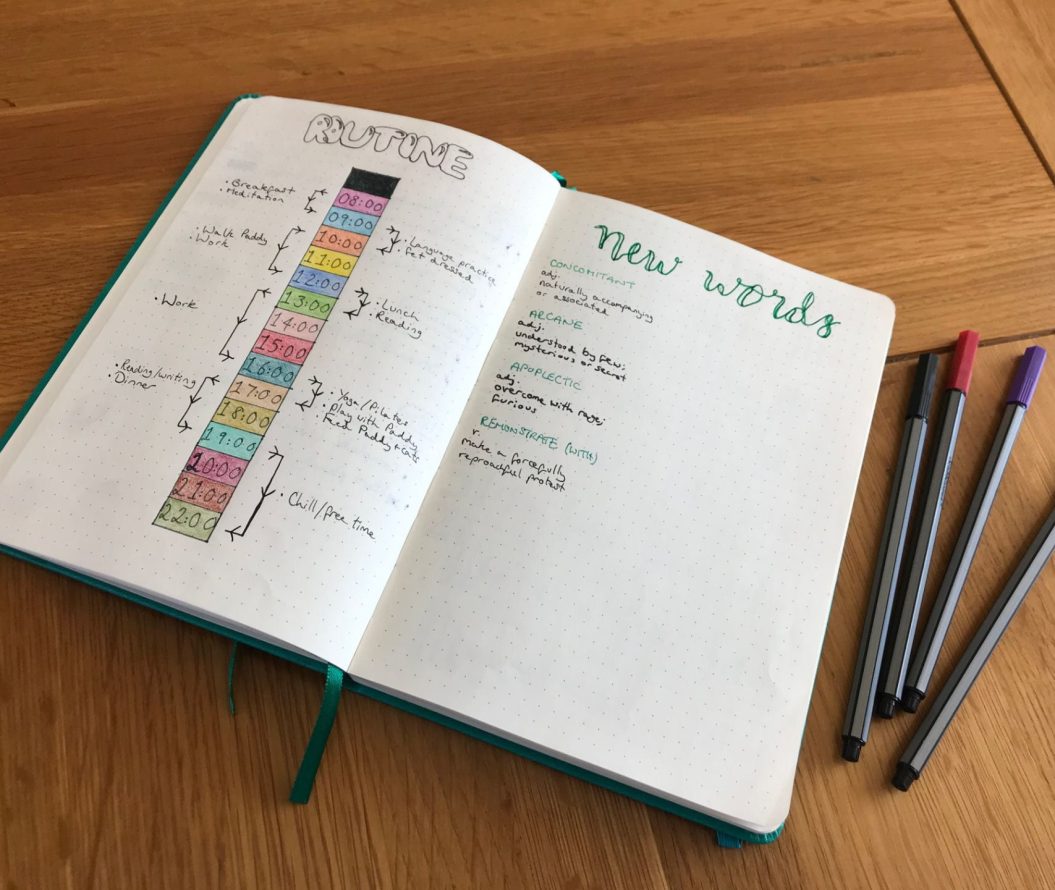Hello! I'm Alex, a third-year Journalism student with an interest in all things arts-related. Particularly, I am a massive fan of music, visual art and (just to mix things up a bit) football. I've always loved writing, and I'm hoping…

As this year’s Pride Month, an annual event spanning June, has drawn to a close, it is important to look back on the history of pride and the journey it has been on.
Pride as we know it has its origins in the Stonewall riots of 1969. A legal system, that allowed police officers to arrest people they perceived as men for wearing drag, and arrest those they perceived as women if they were found wearing less than three pieces of “feminine clothing” had long impacted the LGBTQ+ community.
Liquor authorities argued that the gathering of LGBTQ+ people at gay bars was inherently “disorderly”, and raids on these kinds of establishments were commonplace. Members of the community had become used to these searches, a fact of life for so many.
The night of the Stonewall riots, patrons of the Stonewall Inn bar in New York City fought back against a police raid of this kind. At the forefront of this resistance, African American transgender women such as Marsha P Johnson stood strong against a police force that had long worked against her.
The riots lasted 6 days, but the impact extended far beyond the horizons of anyone involved in those relatively few hours of fighting.
A year after Stonewall, the Christopher Street Liberation Day Committee was formed to commemorate the one-year anniversary of the Stonewall uprising of June 1969 with a march from the West Village followed by a ‘gay be-in’ gathering in Central Park.
Pride parades to commemorate Stonewall eventually stretched across the globe, as did the allocation of June as Pride Month. Despite its radical roots, corporate-sponsored Pride sunglasses and temporarily rainbow-splashed company logos are hallmarks of Pride Month today.
The Stonewall Riot that most people cite as the origin of Pride was a direct response to police raids and brutality, but Pride marches today tend to be accompanied by police escorts.
LGBTQ+ activists have been organising marches since at least the 1920s. But the rage and fervour caused by the Stonewall riots helped catapult the movement to a new level.
Pride parades as we know them are a mix of politics and celebration. They promote visibility of the LGBTQ+ community, and serve as a megaphone for LGBTQ+ rights — like protection against harassment, raising awareness of the AIDS epidemic or fighting for marriage equality. They gave a growing LGBTQ+ movement a voice and, as support grew, that voice began to be heard.
The culture shifted in the 1980s, as less radical activists began taking over the march committees in different cities. They dropped “Gay Liberation” and “Gay Freedom” from the names, replacing them with “Gay Pride.”
The history of Pride and the struggles of the LGBTQ community is, obviously, more complex and far reaching than we could have covered in one article. For many, the commercialisation of Pride Month undermines its history, just as for many it represents progress and acceptance.
- Topics
- Arts & Culture
- History
- LGBT+




